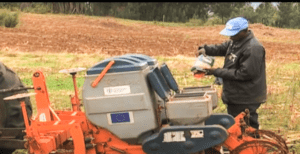
By Arnold Ageta
It is a sunny morning in Laikipia West, and farmers are busy in their fields ploughing. Joel Kiogo, a 26-year-old man, is busy ploughing his client’s land with a tractor.
This is how he spends a lot of his days sitting behind the wheel of a tractor ripping or planting a client’s field.
He’s one of the many farmers in Laikipia County who have embraced conservation agriculture and telling of their improved deals.
Like most young people going into agriculture was not something he aspired to but after failing to get employment it seemed the only logical thing to do. I’m a plant operator.
“I trained as a plant operator, but it was difficult for me to find a job in Nairobi. So, I decided to return home and follow in my father’s footsteps by farming,” he said.
In conventional agriculture, the practice is always to plow the land and lose in the soil before planting. But this is a method that agricultural experts are warning that the world must abandon because what the plowing does is that it turns the soil and alters its structure and then the soil particles become loose such that over time the more you keep plowing, the weaker the soil particles get and when it rains, the soil particles hold together and then percolation doesn’t happen properly.
What they recommend instead is one of the methods of conservation agriculture known as zero tillage.
“Look here, this field has not been ploughed. You use a planter tractor to plant seeds or seedlings, as you can see with the cabbages,” he says pointing at the cabbages.
Kiogo says it is cheaper using this method because you only spend KSh. 2500 per acre. According to the conventional agriculture, he spent KSh. 1,500.
“Using the direct planter, I can cover an area of 15 acres per day, as opposed to hand digging, which is expensive and time-consuming,” he confessed.
Laikipia County is listed among the semi-arid parts of Kenya with an annual rainfall of just 650 mm. The little rain and years of declining soil fertility have left many farmers at a disadvantage unable to get value out of their soils.
The county is part of the eight counties in which the European Union and the Food and Agriculture Organization are spending 10 million euros to teach the farmers about conservation agriculture using simple tools to build their resilience and boost their yields.
“Since I acquired this tractor, the seeder, I have managed to till 1321 acres and made around KSh. 1.9 million. For the ripper I have served 682 farmers making more than KSh. 900, 000,” he said.
Across the county in Laikipia East, Peter Kahiyu is busy putting seeds in the ground and tired by the drizzling rain.
His choice of tool is a homemade scale down version of a zero till planter using components of other planters. For his two acre piece of land, Kahiyu says this is the perfect tool.
“This machine can do 6 acres in a day as opposed to using bulls which can do the same size for 6 days,” he said.
Previously, he used an animal drawn planter, but frequent droughts made the bulls too weak to pull the machinery, and he therefore had to find another solution.
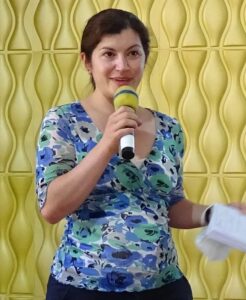
Myra Bernadi, European Union’s Head of Agriculture in Kenya, disputed claims many farmers make that to increase agricultural yield, you need big machinery or huge irrigation projects.
“Actually, the message of conservation agriculture is that with some simple tools, some simple technology, you can actually double or even triple yields,” she advised.
Kenya’s low agricultural production has largely been attributed to dwindling soil fertility with official data indicating that the cereal yield in 1961 was 12.4 million tons harvested on slightly over 11 million hectares.
By 2016, land under cereal had risen to 28.1 million hectares, but the yield was only 13.9 million tons.
Conservation agriculture was initially developed as a response to the US dust ball in the 1930s and it is one of the approaches that is increasingly being promoted on small holder farms not only in Kenya but also sub-Saharan Africa to tackle the land degradation problem and improve soil health.

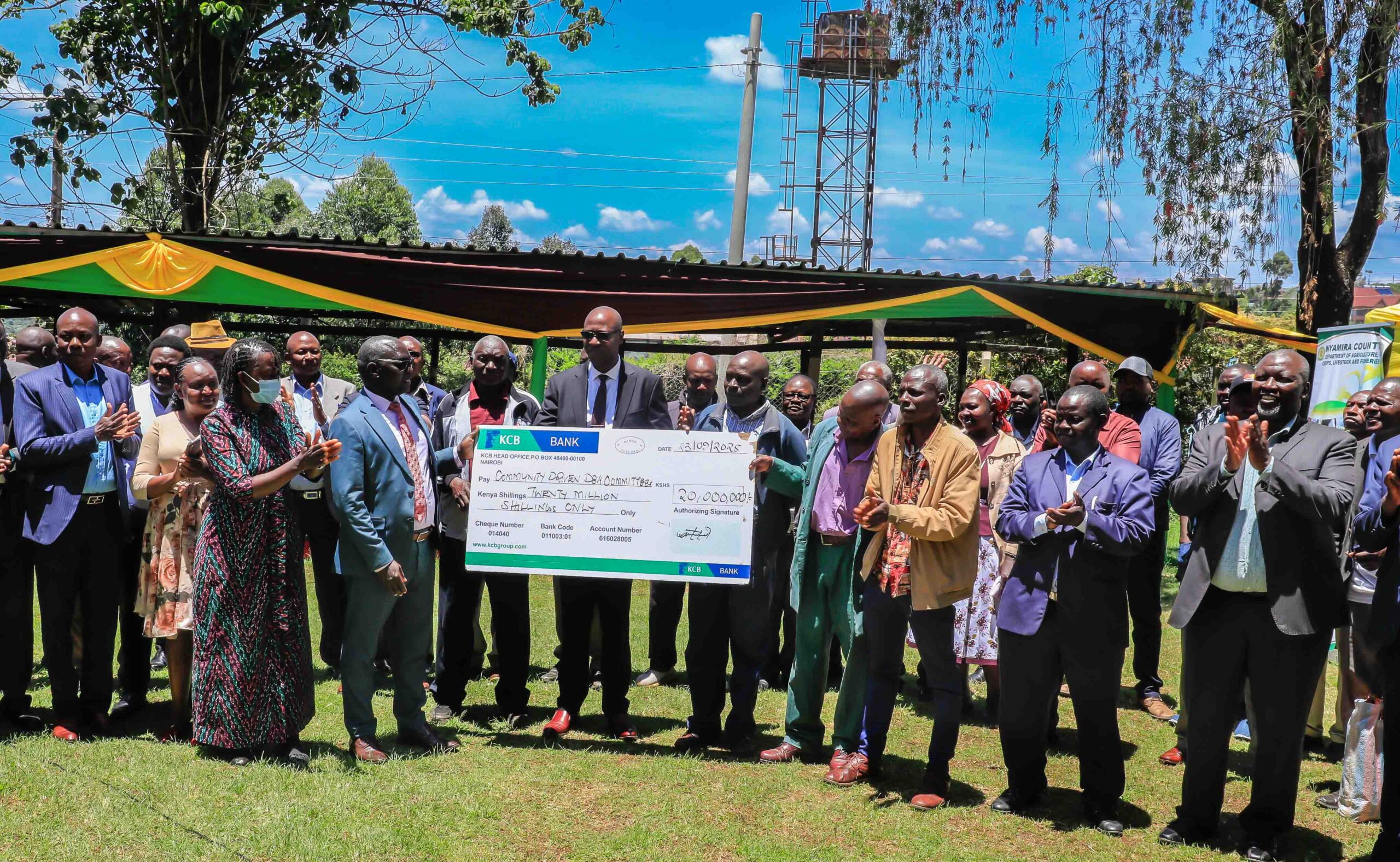
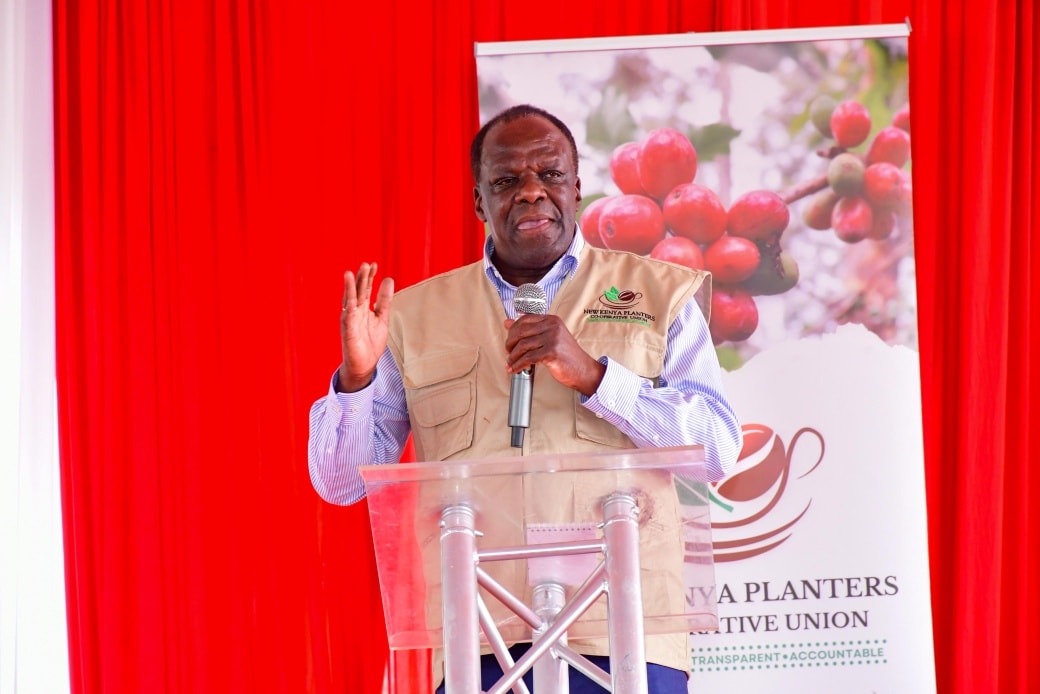
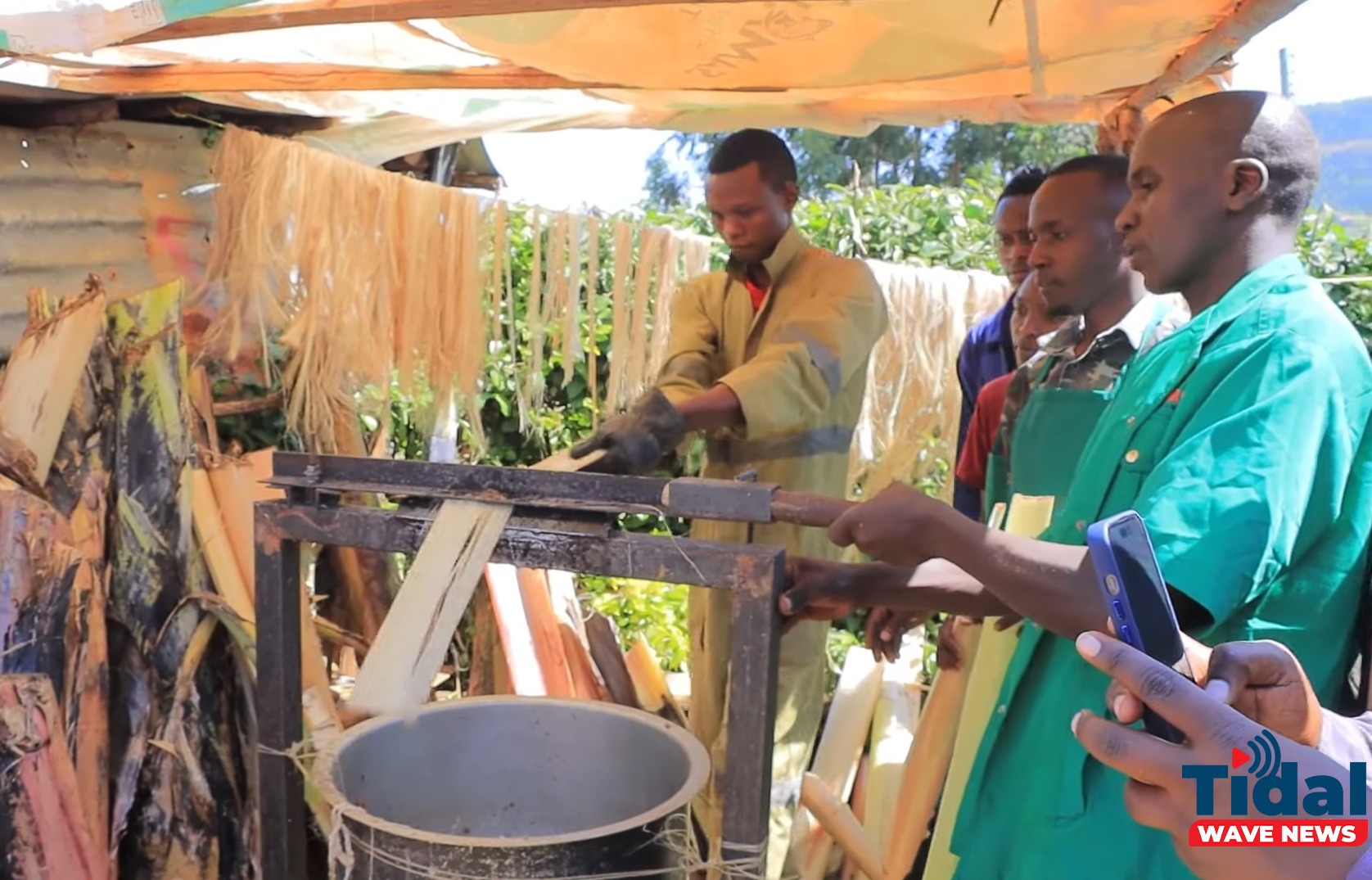
One thought on “Reaping Big with Conservation Agriculture in Laikipia”